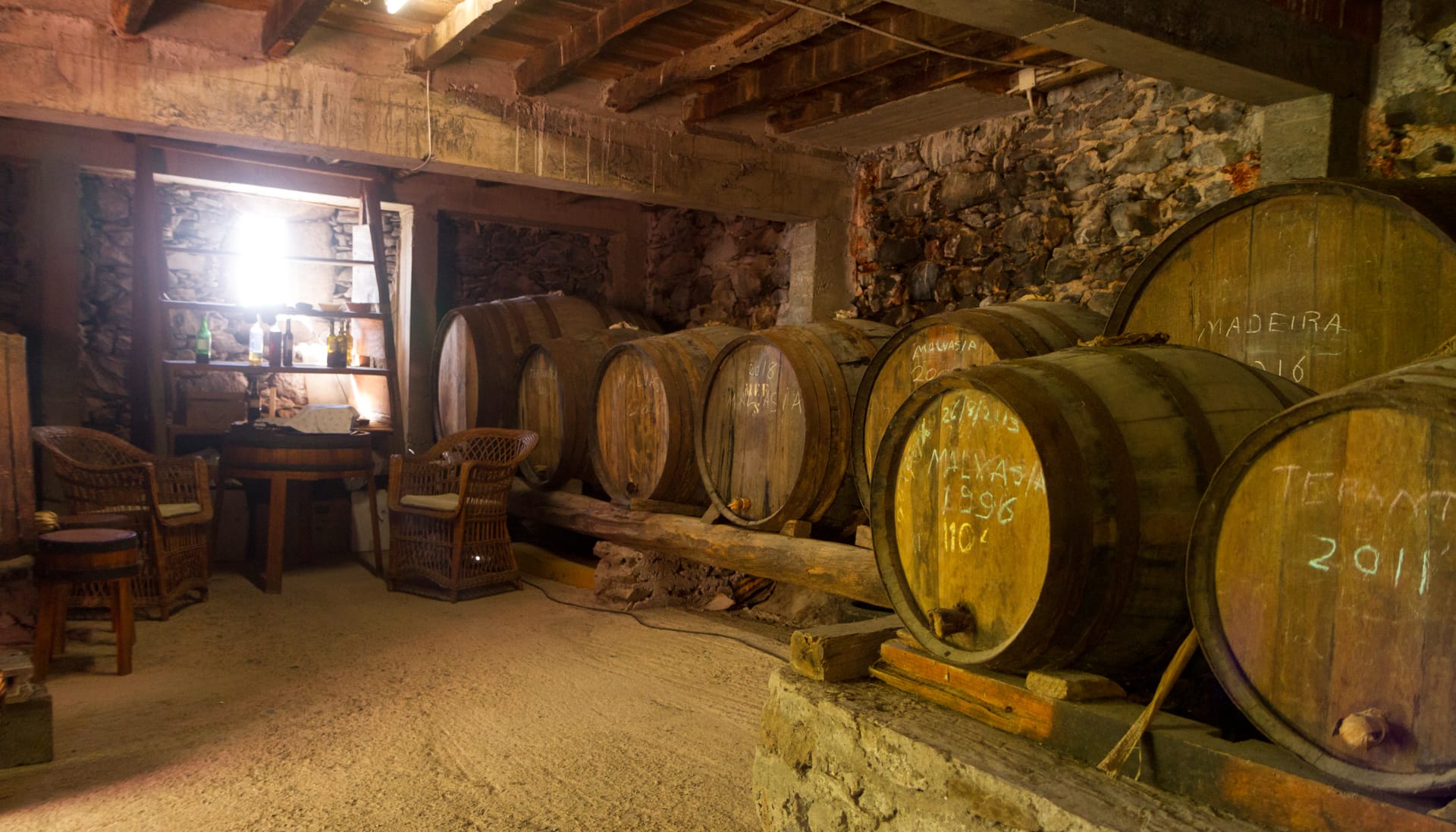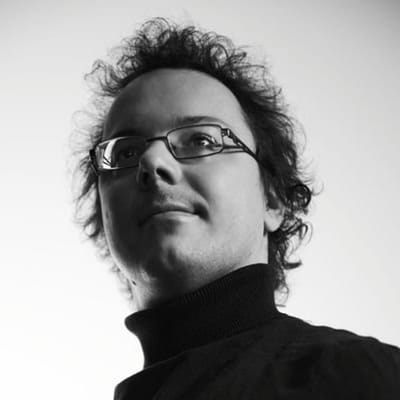A Memoir of the Fajã dos Padres

Do you know the feeling, that tingling sensation that strikes you when you read about a place and then you know that you simply have to go there one day? Madeira was always on our bucket list, but we never got around to really planning a visit. Not until the chapter on Fajã dos Padres in Alex Liddell’s “Madeira: The Mid-Atlantic Wine” rekindled that desire with a vivid story of the most celebrated of vineyards, accessible only by sea until 1984 — one that’s, in Liddell’s words, “the nearest thing in wine terms to a holy pilgrimage”.
First mentioned in the 16th century, Fajã dos Padres is a narrow, secluded spit of volcanic land nestled between the ocean and a soaring cliff on Madeira’s south coast. For centuries, it was revered for the wines from Malvasia Cândida introduced there by the Jesuit Priests, the very first grape variety grown on the island and one that just a hundred years ago was thought to have become extinct. Thanks to Mário Jardim Fernandes and his wife Maria Isabel, the current owners and caretakers of this place, Malvasia Cândida was replanted on pergolas over a scenic path. Today, Fajã dos Padres is one of the two places where ungrafted vines of this variety can still be found on Madeira.
We had our plane tickets ready long before I finished reading Liddell’s book, and with them, a confirmed appointment with Mário at the Fajã. Making this trip our primary vacation that year, we spent the first few days on the island getting to know the place, its aura, the food, and — of course — the wines. We visited the lodges of Blandy’s, Barbeito and H. M. Borges, enchanted with the hospitality and time everyone spent with us. It’s hard not to fall in love with the wines of Madeira after tasting dozens of riveting bottles dating back decades, having previously only known the mainstays of supermarket shelves.
The weather was beautiful day in and day out. We leisurely started planning the journey to Fajã dos Padres, wrapping our heads around how exactly travelling by bus on the island works, with the route network split between four different carriers. Believe it or not, back then, Google Maps, something we usually take for granted, wasn’t particularly helpful!
We were roaming along the Funchal seaside when a boat tout waved at us to sell one of those catamaran trips, saying he could take us anywhere if we were not into watching dolphins. We jokingly suggested he might take us to the Fajã, which apparently would be possible — but not on Saturday, he said. The storms were coming. We weren’t sure what to think of it then, drenched in the sun and enjoying the clear sky, but we learned soon enough from the news.
Hurricane Leslie was heading towards Madeira. Our long-awaited journey was suddenly hanging by a thread. On Friday, when the airport ceased all operations, the port closed, military ships appeared at the bay, and all cable cars shut, we knew the inevitable. Everyone observed the collapsing weather in the eerie silence. The Saturday visit to the Fajã was not meant to be.
When we thought all was lost, my phone blipped. It was Patricia, Mário’s daughter. She said it was likely the hurricane would miss the island, and if the weather cleared, they would be happy to welcome us on Sunday instead. And it did! Saturday was gloomy but far from catastrophic, and on Sunday, we woke up to a burning sun once again.
We took the bus, luckily the right one, and then rode the cable car elevator down the cliff — a picturesque experience, but not for the faint of heart. Mário welcomed us outside at the restaurant bar. There was an air of ease about him, but the language barrier was a bit of a roadblock to fully break the ice. My wife, Tysia, rushed to the rescue. She’s fluent in Brazilian Portuguese, which isn’t exactly like the language spoken on the island, but she figured it was worth giving it a go.
Mário’s face lit up with a wide smile. I immediately fell out of the conversation, grasping loose threads purely from the context and hand-waving, but they were clearly having a great time. Mário took us to the old Jesuit chapel, now an adega, with casks of Madeira tucked everywhere. Pouring samples from one cask after another, each wine had a special story Mário went on to tell.
We tasted a bright and lively Malvasia 2005, which, in Madeira terms, is a young wine. A racy and salty Terrantez 2013 from a variety very rarely found on the island nowadays. Another Malvasia, a 2001 vintage, completely different in its expression. Finally, the crown jewel at that time, an exquisite, ineffable Malvasia 1996. A very special wine, aged to celebrate the centenary of Fajã dos Padres being acquired by the Vilhena de Mendonça family, intended then to be bottled in 2021 by arrangement with Barbeito. Wine that Jancis Robinson later described “as if it’s been carved from somebody’s soul”.
The stories on wine, place, life, and family continued, with Tysia doing her best to give me a glimpse into them, translating key phrases, until, quite suddenly, Mário said it was time to go. He walked us back to the restaurant, where we stayed for a tranquil lunch by the shore, and waved us goodbye. A few minutes later, we saw him from afar in shorts, heading towards the now calm ocean.
Coming back up the cliff was like snapping out of a dream. We brought home a photo of us together with Mário and a local newspaper with an eye of the hurricane on the front page, reminding us that this was real. Above all, we brought an unfaltering love for Madeira and its wines that continues to this day. Till we meet again!

